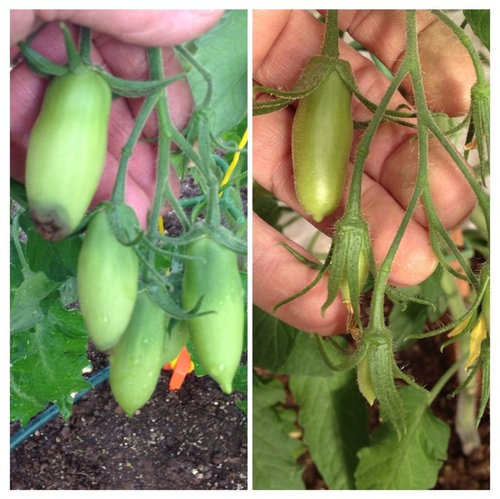BER - Marzano Paste Tomatoes
hudson___wy
10 years ago
Related Stories

EDIBLE GARDENSSummer Crops: How to Grow Tomatoes
Plant tomato seedlings in spring for one of the best tastes of summer, fresh from your backyard
Full StorySponsored
More Discussions







n1111z
digdirt2
Related Professionals
Jennings Landscape Architects & Landscape Designers · Port Royal Landscape Architects & Landscape Designers · East Patchogue Landscape Architects & Landscape Designers · Cerritos Landscape Contractors · East Hanover Landscape Contractors · Fort Wayne Landscape Contractors · Panama City Beach Landscape Contractors · Peachtree City Landscape Contractors · River Ridge Landscape Contractors · Bremerton General Contractors · Country Club Hills General Contractors · Valle Vista General Contractors · La Palma Decks, Patios & Outdoor Enclosures · Lenoir Decks, Patios & Outdoor Enclosures · Monroe Decks, Patios & Outdoor Enclosureshudson___wyOriginal Author
edweather USDA 9a, HZ 9, Sunset 28
Bets
edweather USDA 9a, HZ 9, Sunset 28
carolyn137